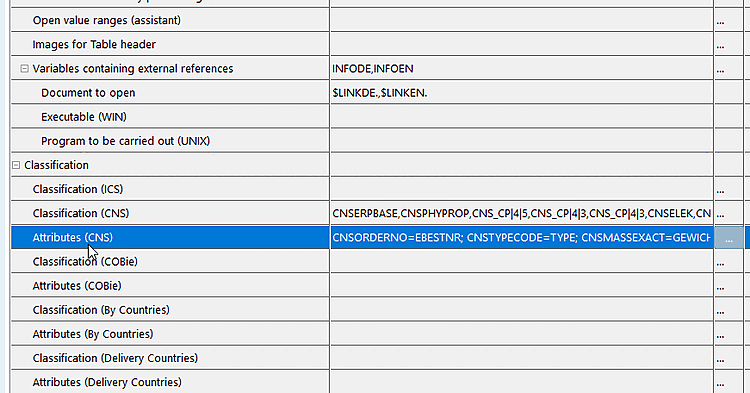Mounting Point describes where other components can be attached to the component.
Mounting Description describes the position and orientation of a part to which it can be attached to a compatible component (DIN mounting rail, directly on the PCB, etc.). For this reason, the attachment point must be positioned correctly, otherwise the component will be misaligned.
For rails the following must be observed:
The setting of a mounting description is described below.
Classify the connection point as a mounting description (CNS_CP|4|7 ). (Preferably an attachment point was created specifically for this purpose)
In particular, enter a value for the Link ID feature.
Save the current progress and switch to PARTproject to the General tab page.
Open Classification (CNS) here.
Set the Classes option in the filter [Filter] and add the required number of associated instances (1,2,3,4,...) under Electro -> Auxiliary by double-clicking on the Mounting Description class (CNSELEK|5|3 ).
In the Link ID characteristic, enter the same value that you have already assigned in the Mounting Description class (CNS_CP|4|7 ).
Enter the name under Description, which must match the corresponding value under Mounting Point -> Description.
In this example, the value TS35 is the mounting type of the component (TS35 = DIN mounting rail 35mm).


![[Note]](https://webapi.partcommunity.com/service/help/latest/pages/en/partsolutions_admin/doc/images/note.png)
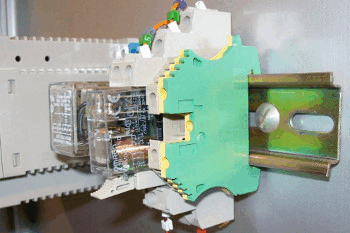
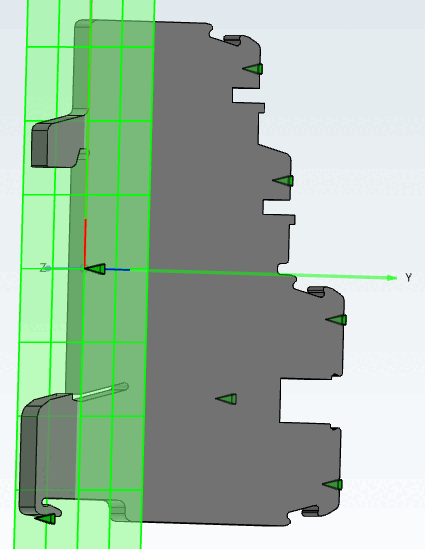
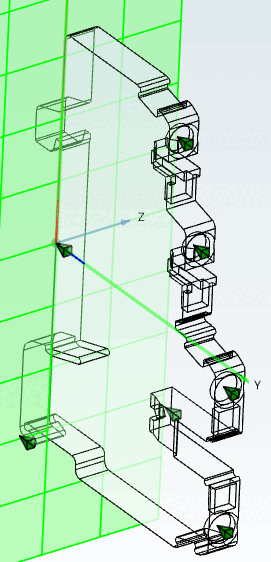


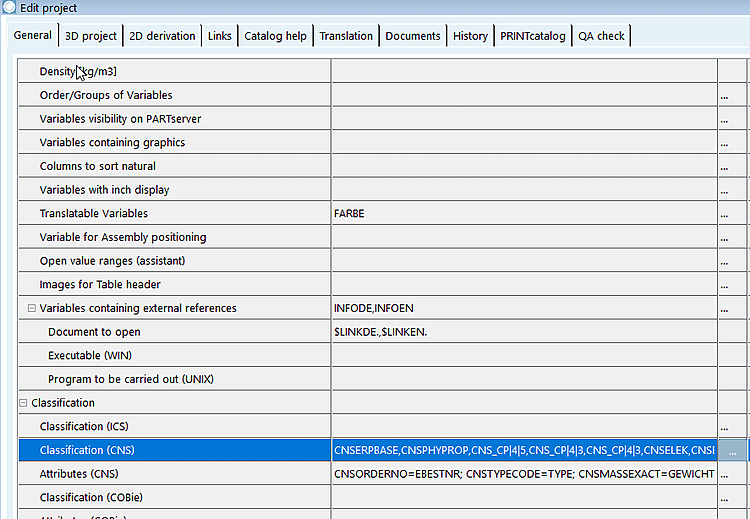
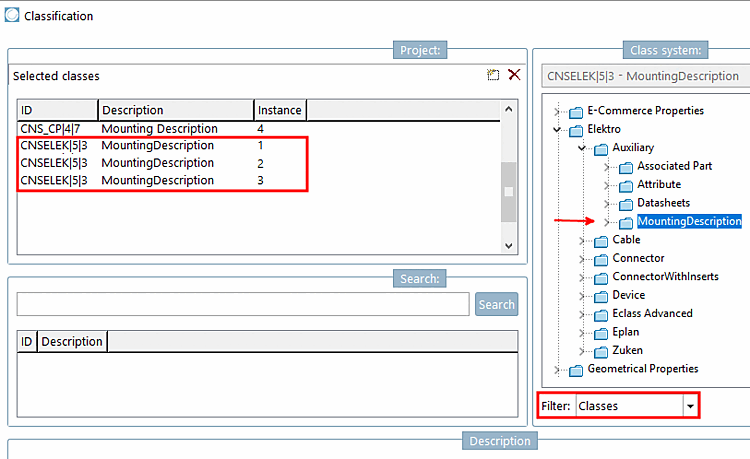
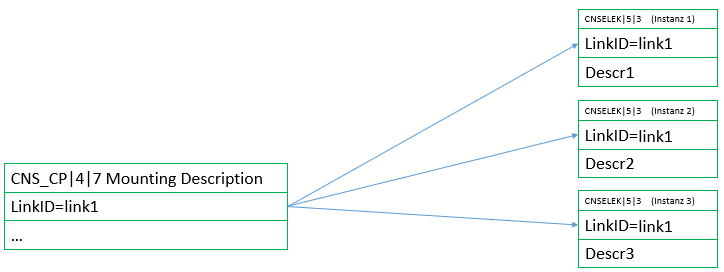
![Example in the "Class variables [Class variables] " dialog](https://webapi.partcommunity.com/service/help/latest/pages/en/partsolutions_admin/doc/resources/img/img_8ef30f911e61430ca65b1631adba1896.png)
